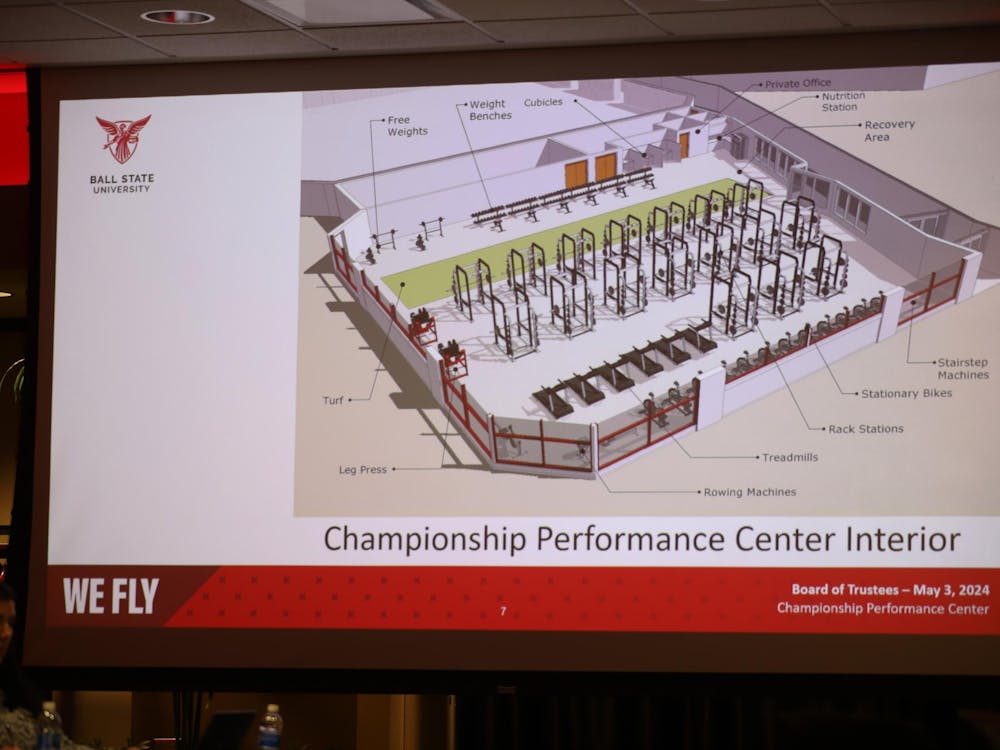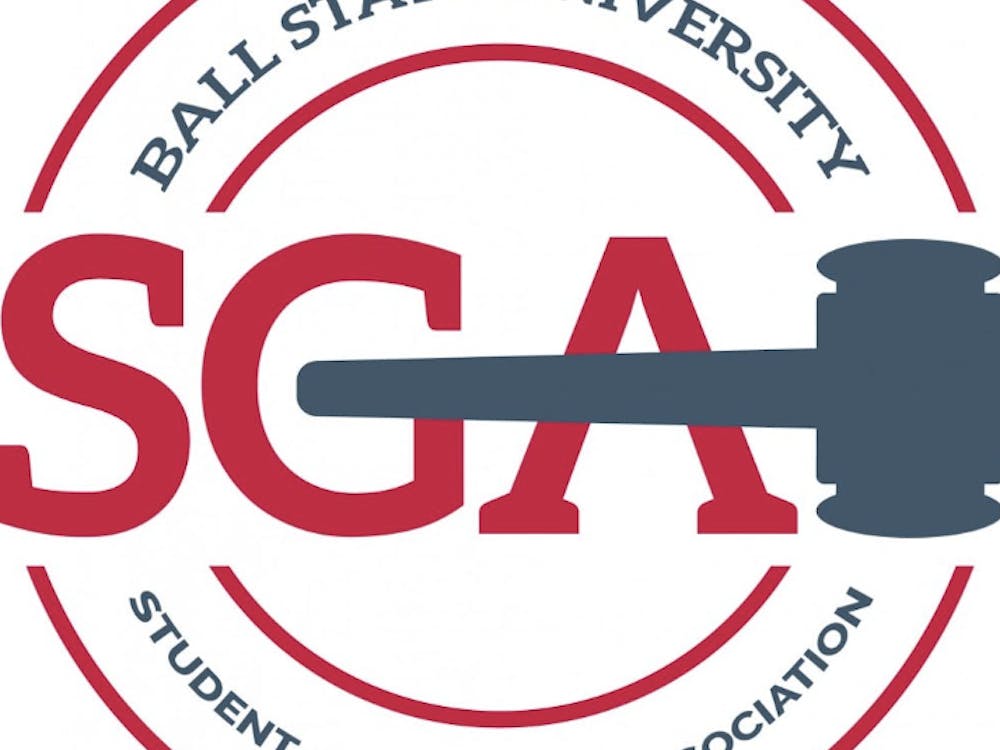NEW YORK — Borders was slow to get the message as the big-box retailer lost book, music and video sales to the Internet and other competition. The result: It filed for Chapter 11 bankruptcy Wednesday and will close nearly a third of its stores.
Less nimble than rival Barnes & Noble, Borders now begins what analysts expect will be a quickly resolved struggle for the survival of its remaining stores. It's the latest cautionary tale about the dangers retailers face when they fail to keep up with swiftly changing technology and consumer habits.
"It's almost a case of hit-and-run," said Al Greco, marketing professor at Fordham University. "They were crossing the street and they didn't pay attention, and that tractor trailer [of technology] hit them."
Borders plans to close about 200 of its 642 stores over the next few weeks, costing about 6,000 of the company's 19,500 employees their jobs. The closures are a blow to publishers already owed tens of millions of dollars by the company, which stopped paying them in December.
Borders said it is losing about $2 million a day at the stores it plans to close, all of them superstores. The company also operates smaller Waldenbooks and Borders Express stores.
Fifteen years ago, Borders superstores dotted the U.S. and seemed to be the future of bookselling. Its sprawling stores, comfortable chairs, cafe and widespread discounts epitomized the "bigger is better" retail philosophy that spelled the end of many mom-and-pop bookstores that couldn't compete on selection or price.
Americans today are more likely to pick up the latest best-seller at Costco or Amazon.com or by downloading a digital version.
Analysts say a key error for Borders came in 2001, when it contracted out its e-commerce business to Amazon.
"Amazon had no incentive whatsoever to promote Borders," Simba Information senior trade analyst Michael Norris said. "It really marked the beginning of the end."
That relationship lasted until 2007. By then, Borders lagged far behind Barnes & Noble, which began selling books online in 1997.
Borders also was slow to react to the growing popularity of e-books and e-book readers. After Amazon launched its popular Kindle e-book reader in 2007, Barnes & Noble followed with the Nook in 2009 and invested heavily in its electronic bookstore. Borders entered the electronic book market with Canada's Kobo Inc. last year but failed to garner much traction.
Borders also didn't react quickly enough to declining music and DVD sales as well as hiring four CEOs without book-selling experience in five years.
Barnes & Noble, which has 29.8 percent of the book market compared with Borders' 14.3 percent according to IBIS World, has done better by adapting to e-commerce and electronic books more quickly and keeping management stable.
Norris said Borders' problems mean that publishers will have to immediately cut their 2011 revenue estimates by 1 to 10 percent. Paperback sales, an area that Borders cultivated more than Barnes & Noble, may suffer in particular.
"I think Borders' fall will cause a lot of publishers to realize they can't just count on a few giant entities to sell their products, and the best retailing partners are going to be those who have to sell books in order to draw their next breath," Norris said.
If Borders emerges from bankruptcy protection, it won't be the first big retailer to do so — Kmart succeeded in 2002. But more recently, with credit tighter, retailers including Circuit City Stores Inc. and Linens 'N Things have been forced to close.
"In the bankruptcy world today, people are given very short strings — GM took 90 days to emerge," said Scott Peltz, head of the national corporate recovery practice at McGladrey consultancy in Chicago. "This is not the type of restructuring that could be accomplished in short order."
Some think Borders' woes will be tough to solve.
"Chapter 11 does not solve any business problems at all," said Jim McTevia, managing partner of turnaround firm McTevia & Associates in Bingham Farms, Mich. "They are going to have to be an entirely different company than the one that went into bankruptcy protection if they want to emerge successfully."
It has been a long fall for the Ann Arbor, Mich., company, which helped pioneer the book superstore concept along with Barnes & Noble.
Tom and Louis Borders opened their first store in 1971, selling used books in Ann Arbor. At the time the brothers were mostly interested in offering other bookstores a system they developed for managing inventory.
In 1973, the store moved to a larger location and shifted its focus to selling new books and expanding.
At the time, Waldenbooks and B. Dalton mall chains, with small, 2,000-square-foot stores and 20,000 to 50,000 titles, were growing rapidly.
The new superstores, by contrast, ran 10,000 to 15,000 square feet and offered between 100,000 and 200,000 titles, as well as enticements to linger such as comfortable chairs and attractive lighting.
Kmart Corp. saw the potential and acquired Borders in 1992, forming a book unit with Waldenbooks. It then spun the bookstores off as a separate company in 1995, the same year Amazon started selling books online.
Falling sales led to a revolving door of CEOs. By the time Borders' current CEO, financier Bennett LeBow, came aboard in May 2010 after investing $25 million in the company, bankruptcy was already looking like a strong possibility.
Clearance sales could begin as early as this weekend, according to documents filed with the U.S. Bankruptcy Court in New York. The company will continue to honor its gift cards and loyalty program.
Some aren't sorry to see area Borders closing.
"They wiped out so many mom-and-pop independent bookstores ... and now they're getting what they deserve," said John King, the owner of well-known used bookstores that bear his name in Detroit and Ferndale.
But for some shoppers, there was less glee.
"It's just really sad to hear that happening," said Monika Barera, 50, shopping Wednesday at a downtown Borders in Ann Arbor. That store isn't closing, but four others in Michigan are. "I just hope they can find a way through."
Online:
http://www.bordersreorganization.com
Borders Group Inc. filed for Chapter 11 bankruptcy protection on Wednesday. Here's a look at who stands to gain and lose as it tries to reorganize to survive.
WINNERS
— Barnes & Noble: The nation's largest traditional bookstore chain stands to gain $550 million in revenue from added business where Borders is closing stores, according to Credit Suisse analyst Gary Balter. He estimates the announced closings could help Barnes & Noble superstores sales by 6 percent. If Borders goes out of business entirely, that would add 26 percent.
— Amazon.com: Former Borders shoppers who don't head to Barnes & Noble will likely head to Amazon.com, Forrester Research analyst Sucharita Mulpuru said.
"Take what was Borders business, cut it in half and then divvy up the rest among Barnes and Noble, Amazon and the independents," she said.
— Books-A-Million: The third-largest U.S. bookstore chain, based in Birmingham, Ala., and concentrated in the South, also stands to gain.
MIXED BAG
— Independent booksellers. While Borders and other book superstores put countless mom-and-pop bookstores out of business, losing so many bookstores still diminishes the industry because in the long run it may mean fewer readers, said Meg Smith, spokeswoman for the American Booksellers Association, the trade group for independent bookstores.
"We are always saddened when any bookstore closes," she said. "And to the extent one our members may benefit in the short term with an increase in traffic from a closed Borders location, ultimately the reading public may lose the most with fewer brick and mortar bookstores."
— E-books and e-book readers: Fewer Borders stores "may lead people to consider adopting e-readers if they haven't already, but I think the broad availability of titles, and new formats like Kindle Singles, will probably do more for e-readers than necessarily Borders bankruptcy," Forrester's Mulpuru said.
The Borders bankruptcy will probably do more to help physical book sales at Barnes & Noble and Amazon because that was what that shoppers purchased before the bankruptcy, she said
LOSERS
— Borders workers: About 6,000 of Borders' 19,500 workers will lose their jobs in the restructuring.
— Stockholders: Activist investor William Ackman and financier and Borders CEO Bennett Lebow, each with about a 15 percent stake in the company, are likely to see their investments vanish, the same as other shareholders.
Borders stock price had slid from $3.29 in April 2010 to pennies before it stopped trading after the bankruptcy filing. Shareholders are near the back of the line for payment in a bankruptcy and typically their stake is wiped out.
— Publishers: Publishers were already suffering in December when Borders Group stopped paying some of its vendors as it struggled with liquidity.
Earlier this month, John Wiley & Sons, which stopped shipping books to Borders in December, wrote off $9 million in bad debt expense related to Borders stopped payments.
Now, with 200 store closings, publishers are losing millions of square footage of retail space and a champion of paperbacks, which Borders particularly focused on.
Publishers credit Borders with helping books like Chris Cleave's "Little Bee," David Benioff's "City of Thieves" and Kelly Corrigan's "The Middle Place" become bestsellers.
Simba Information senior trade analyst Michael Norris said publishers will have to adjust their revenue estimates for 2011 downward immediately by 1 percent to 10 percent.




